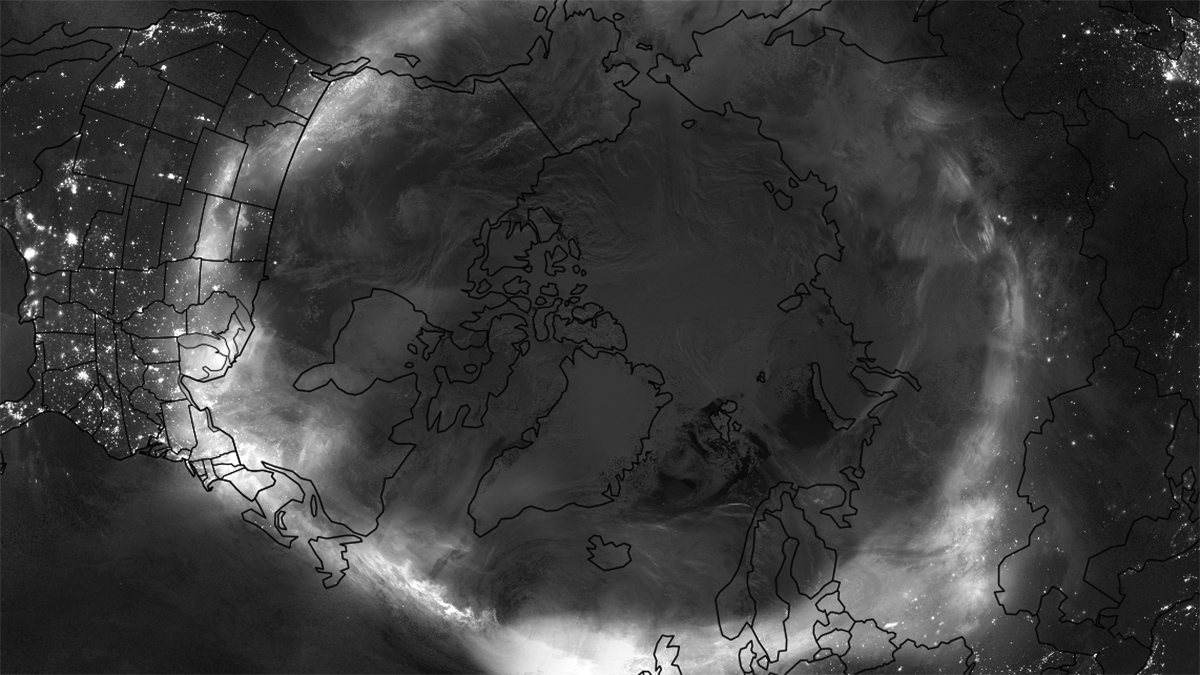Source: Space Weather
The impacts of space weather such as extreme solar winds and magnetic waves are not limited to outer space. Bursts of plasma emanating from the Sun, for instance, can temporarily intensify electric and magnetic fields on the ground when they arrive at Earth, causing geomagnetically induced currents (GICs) to flow into infrastructure such as powerlines, pipelines, and railways. GICs can cause widespread equipment failures, leading to blackouts and safety concerns.
To improve monitoring, modeling, and forecasting of GICs in the United Kingdom, Beggan et al. developed a set of 14 models that better predicts space weather hazards and tracks them in real time, allowing scientists and forecasters to warn operators of critical infrastructure. They also installed three new variometers to measure magnetic field changes at locations across the country. The work was part of the United Kingdom’s Space Weather Instrumentation, Measurement, Modelling and Risk (SWIMMR) program called SWIMMR Activities in Ground Effects, or SAGE.
The SAGE system can estimate changes in the subsurface electric field during geomagnetic storms, then calculate the size of GICs flowing into grounded infrastructure networks—which have known electrical resistance properties—in real time. SAGE also uses real-time data from satellites to predict the probability of magnetic substorms occurring and the magnitude of the storm at different U.K. ground observatory sites.
A major test of the new system occurred in early May 2024, when significant solar activity triggered the largest geomagnetic storm to hit Earth in the past 30 years. SAGE successfully provided real-time information on how the storm was affecting infrastructure. The system also provided two forecasts of GIC magnitude 30 minutes ahead of time; the real-time magnitude that SAGE later identified was between those two predictions.
More work must be done to continue improving SAGE, the authors write. For example, better monitoring of space weather conditions in space and on the ground would provide the system with more robust data on impacts, further improving its prediction capability. (Space Weather, https://doi.org/10.1029/2025SW004364, 2025)
—Saima May Sidik (@saimamay.bsky.social), Science Writer


